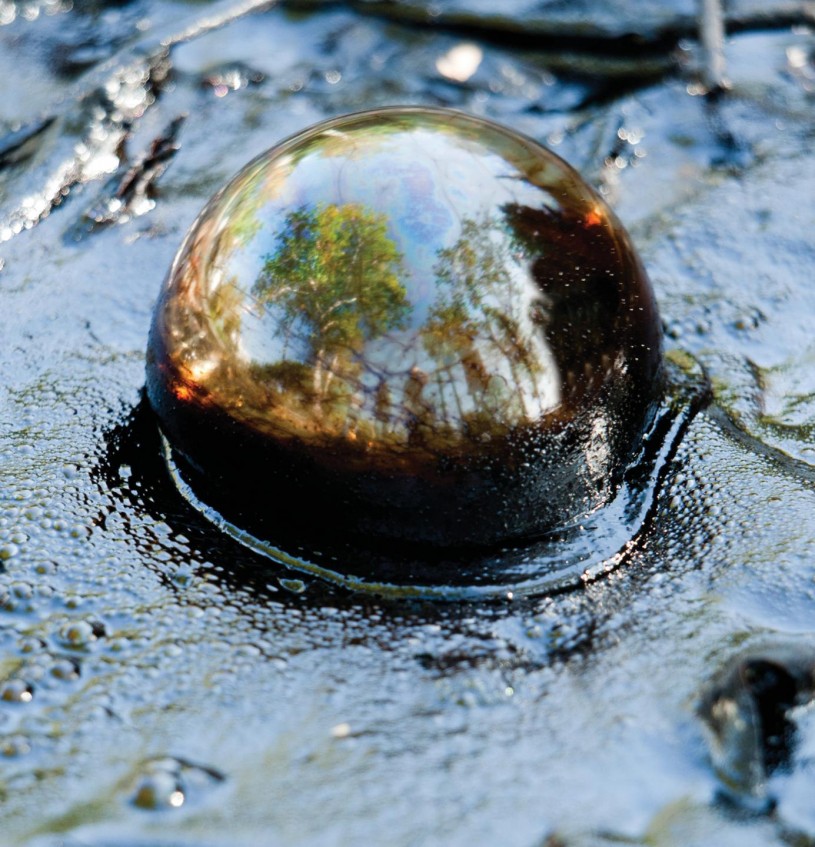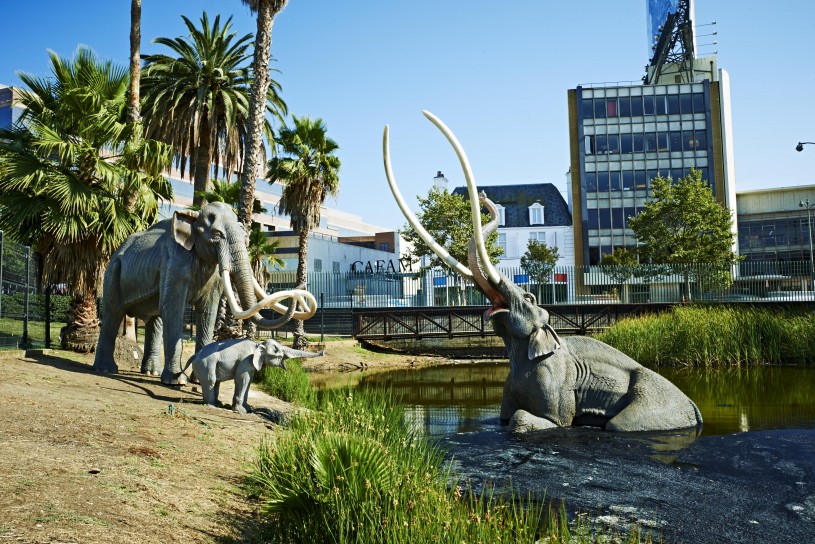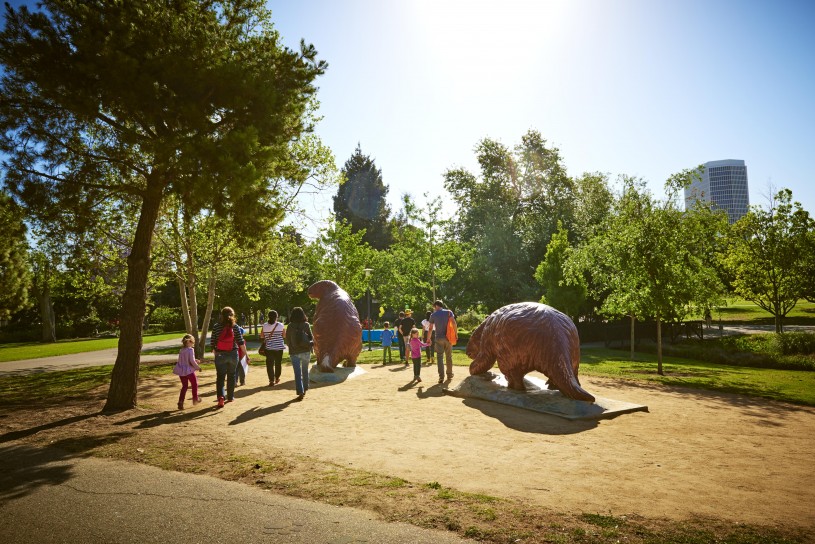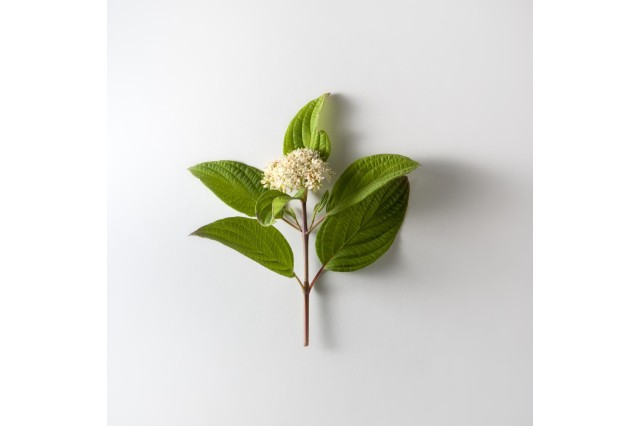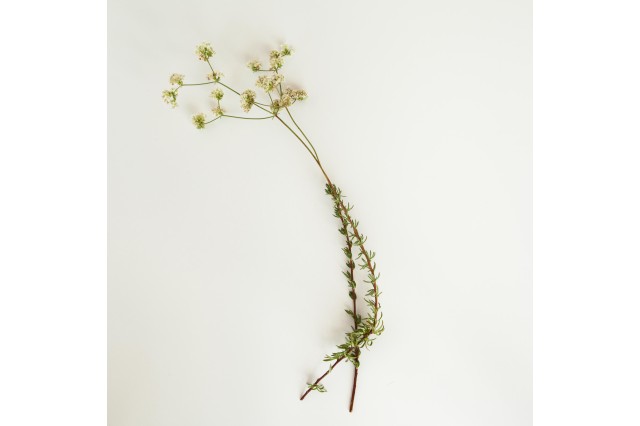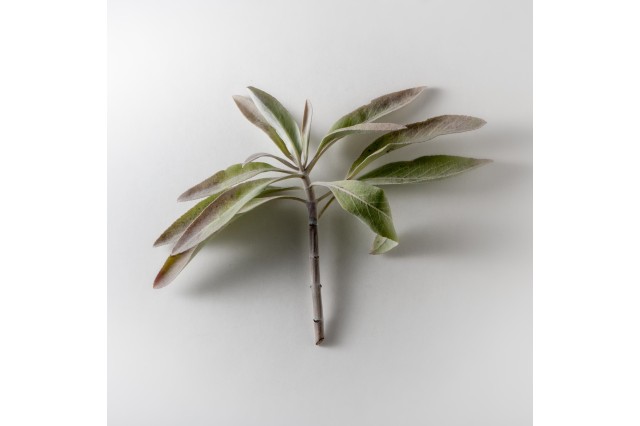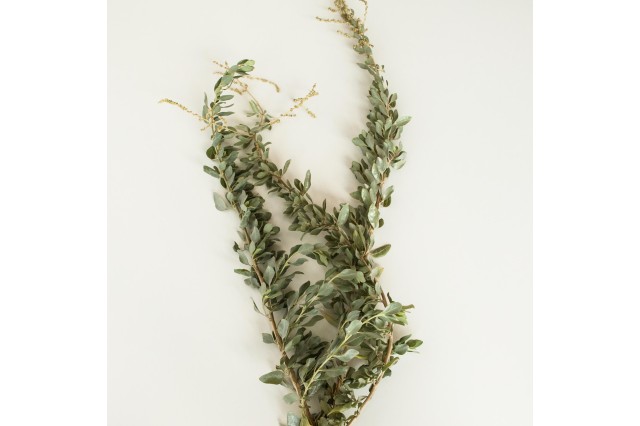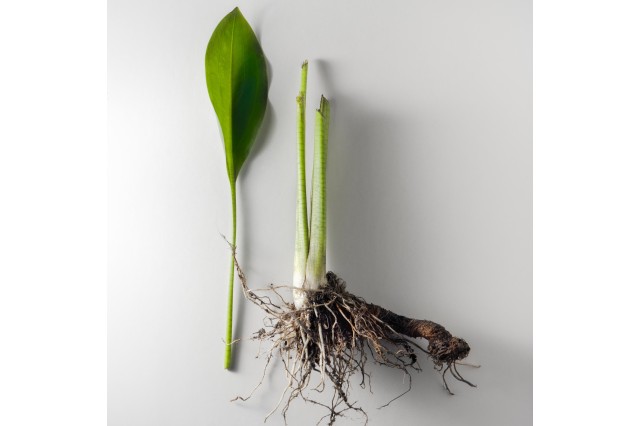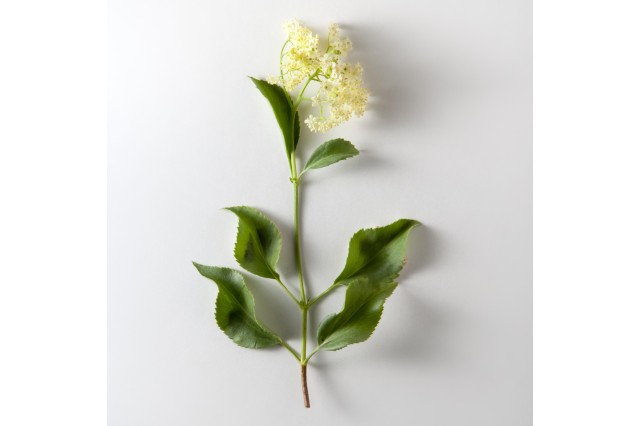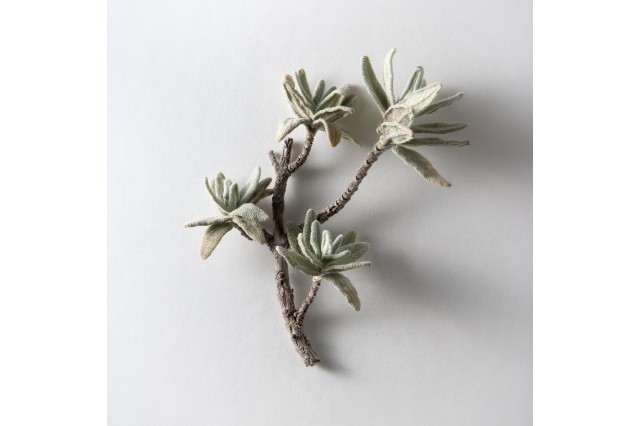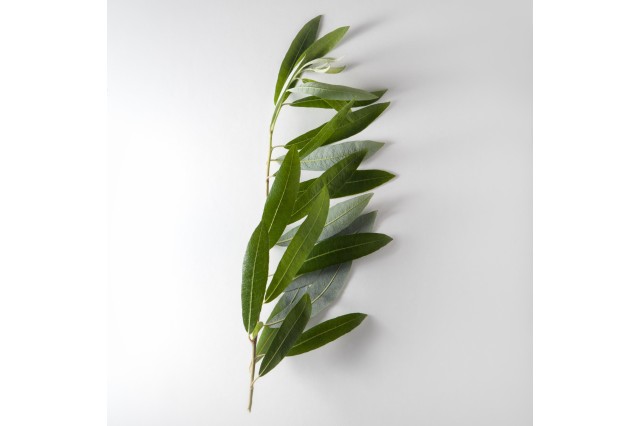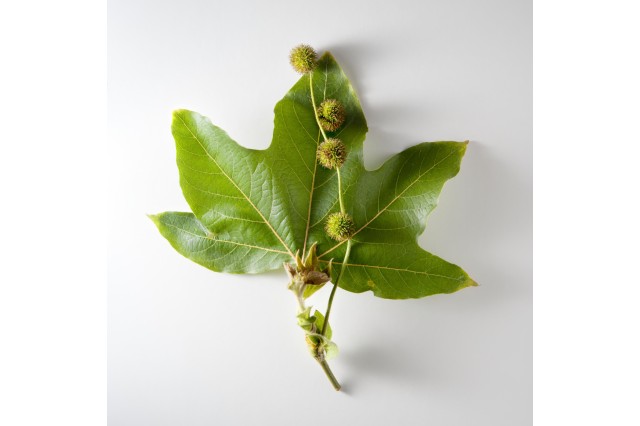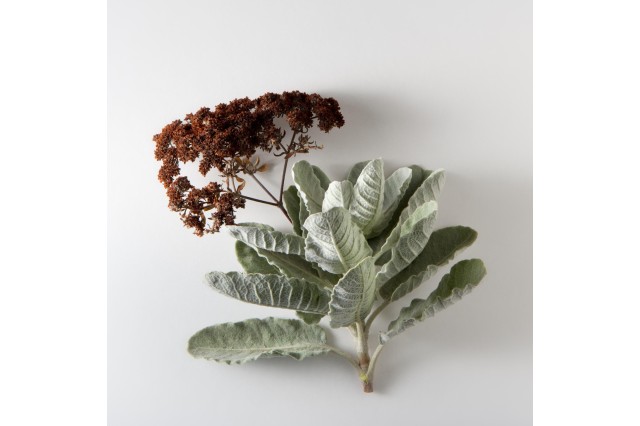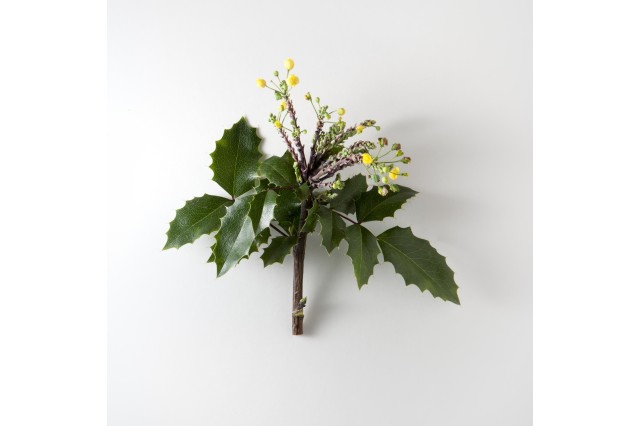La Brea Tar Pits and Hancock Park
Visit the only Ice Age fossil site in the world that's being actively excavated in the middle of a city!
What are the Tar Pits?
The Tar Pits have fascinated scientists and visitors for over a century, and today, this area is the only actively excavated Ice Age fossil site found in an urban location in the world! Over the last 50,000 years, Ice Age animals, plants, and insects were trapped in sticky asphalt, which preserved them for us to find today. More than 100 excavations have been made at the Tar Pits since the early 1900s, and most of the fossils discovered here are housed in the museum at La Brea Tar Pits, at the center of the Tar Pits! The discoveries range in size from huge, extinct mammoths and sloths to "microfossils," or tiny remains of plants and animals that give us clues about how ancient ecosystems and climates changed.
Lake Pit
The iconic Lake Pit, located in front of the museum, is actually a pit left over from asphalt mining operations in the late 1800s. Rain and groundwater has collected above the bubbling asphalt, creating a small lake. The lake’s bubbles, sheet, and distinctive odor come from a deep underground oil field. Here you can see a recreation of a mammoth becoming trapped in “tar.”
Enjoying Hancock Park
Hancock Park is nestled among the museum and the Tar Pits. It's a fun community resource where boot camp participants meet and train, kids play next to super-sized Ice Age mammals, and Angelenos and tourists stroll and picnic. Walk through the paths that wind around active excavation sites, the iconic Lake Pit with its mammoth and mastodon models, and the Pleistocene Garden!
Plants from the Ice Age
Long before palm trees lined its busy streets, Los Angeles was an oasis of pine, sage, and buckwheat. Our scientists have recreated this prehistoric landscape with the Pleistocene Garden, representing the native vegetation of the Los Angeles Basin 10,000 to 40,000 years ago. Based on 35 years of research gathered from Pit 91 fossil excavation, the garden is divided into four ecological systems: Coastal Sage, Riparian, Mixed Evergreen/Redwood Forest, and Chaparral. Step back into L.A.'s original landscape, take in the fragrances, and escape the hustle and bustle of Wilshire.
La Brea Tar Pits FAQs
Ever wonder why there is “tar” bubbling to the surface, how animals became trapped, and what’s going on at the Tar Pits today?

